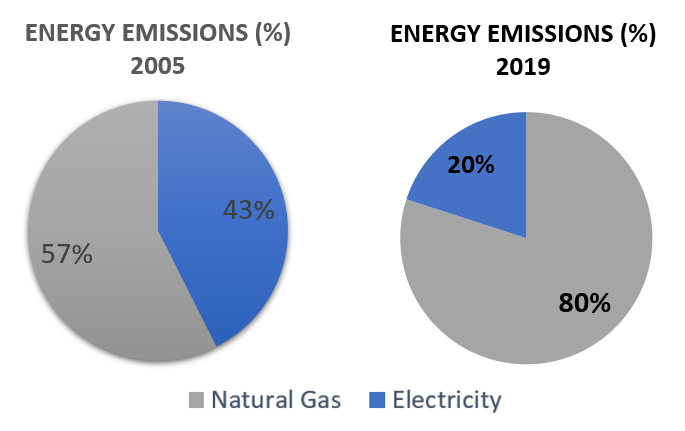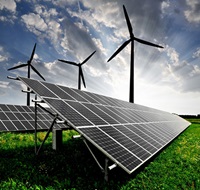With increased availability of renewable electricity in Marin County, natural gas consumption represents a growing proportion of our greenhouse gas emissions. The County's Climate Action Plan aims to reduce greenhouse gas emissions to 40% below 1990 levels by 2030. As of 2019, the County has reduced emissions to 21% below 2005 levels, which is equivalent to 7% below estimated 1990 levels. In order to move further toward the 2030 goal, we must address emissions from natural gas.

Natural gas used to be considered a cleaner energy alternative, at least when compared to coal. Today, much of our gas is extracted using the highly invasive method of hydraulic fracturing or fracking, which can have significant environmental and agricultural impacts. Electric appliances have become significantly more efficient in recent years, and the increased availability of renewable electricity through PG&E and MCE Clean Energy programs make it possible to efficiently run a household using only electricity from renewable sources.

In homes, natural gas is most commonly used for water heating, space heating, and cooking. In addition to the greenhouse gas emissions that it creates, natural gas use in homes impacts indoor air quality and presents the risk of gas leaks and combustion. Burning natural gas, especially in enclosed spaces indoors, can result in unhealthy levels of nitrogen dioxide (NO2), carbon monoxide (CO), and formaldehyde (HCHO). Researchers from Lawrence Berkeley National Laboratory and Stanford University have found that those at greatest risk for exposure to these emissions are cooks and small children. While exhaust systems can help, switching to electric appliances for hot water heating, space heating, and cooking removes the source of these emissions entirely. Read more about this study.
To learn more about home electrification, take a look at the Marin County Electric Home Guide. Contact us if you would like a printed version of this booklet.